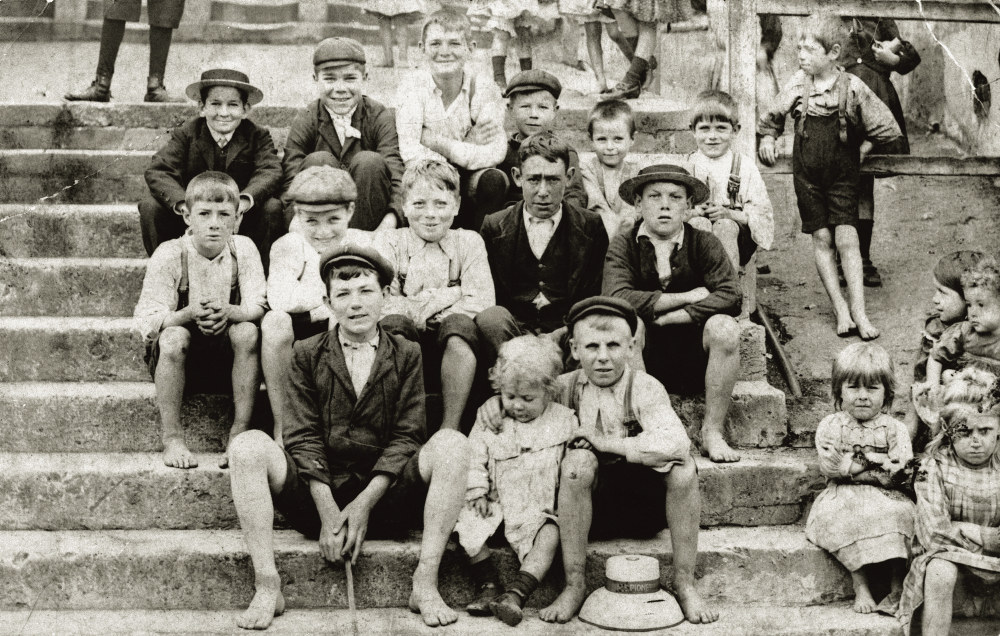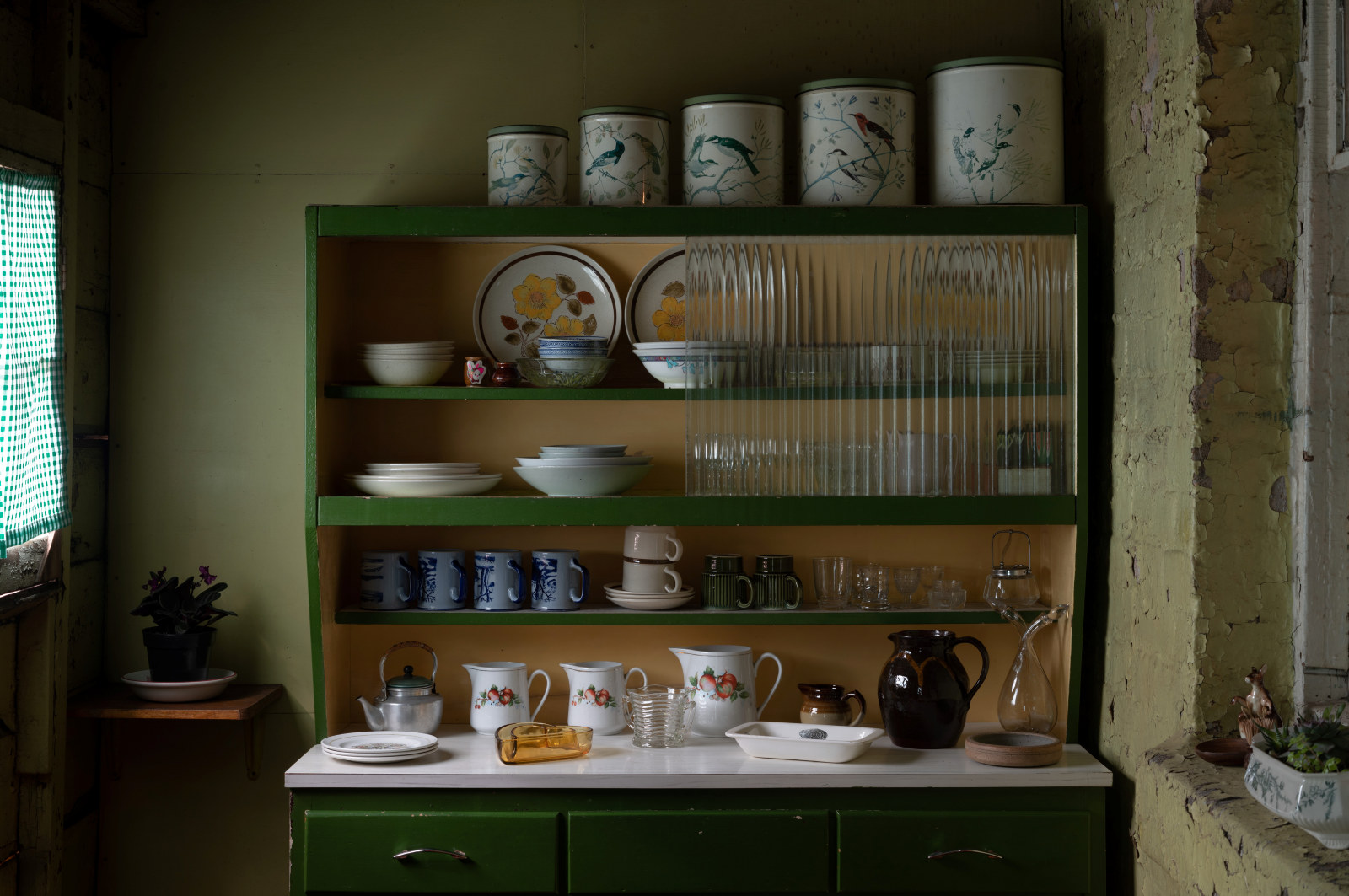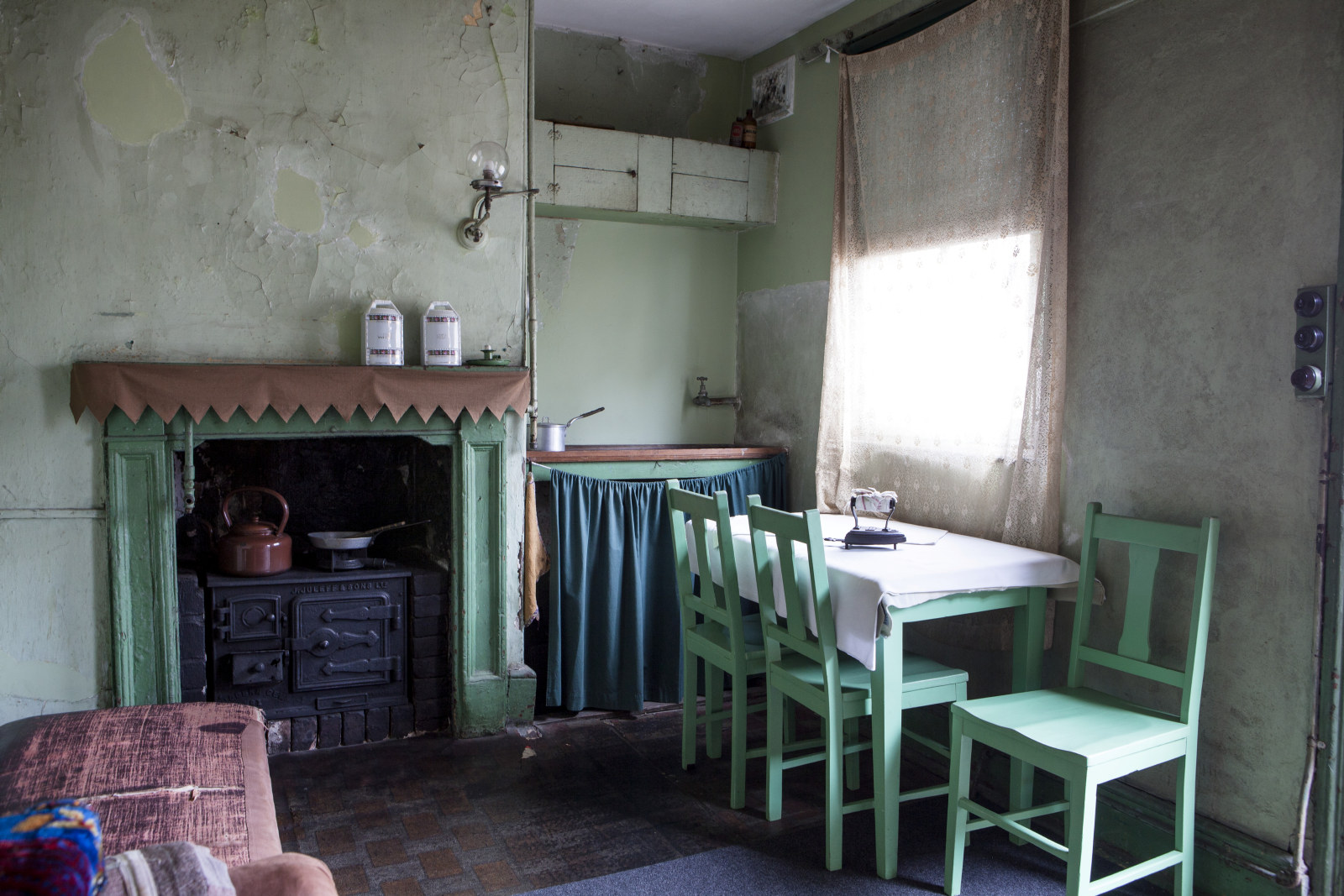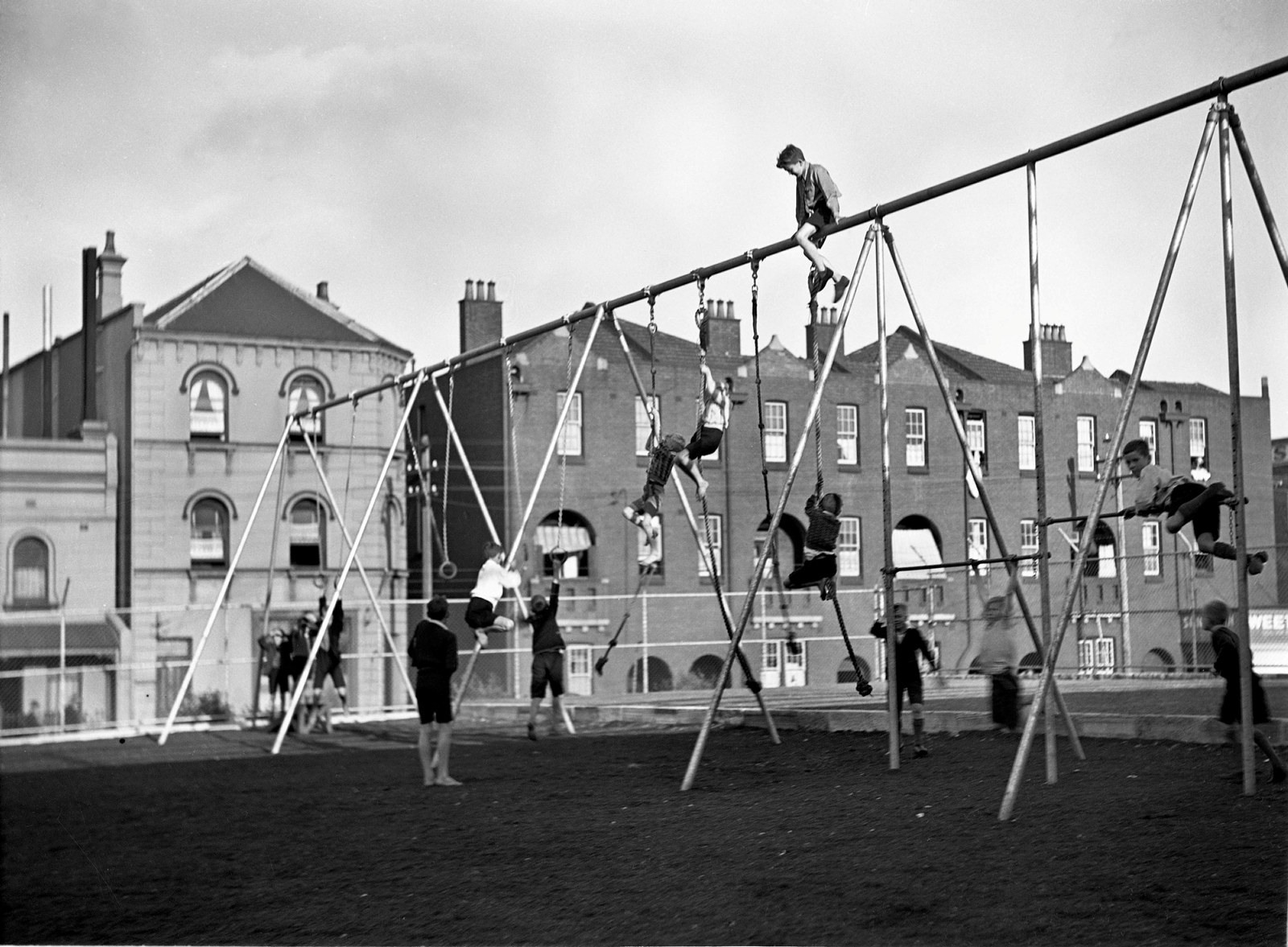Susannah Place
Sydney’s working-class heritage
Much of Sydney was built by immigrants, and this terrace of four tiny houses stands as a resilient reminder. Nestled in the heart of Sydney’s famous Rocks district, it has been home to more than 100 families over 150 years. Built by Irish immigrants in 1844, it has survived largely unchanged through the slum clearances and redevelopments of the past century, and today tells the stories of the working families who called this place and this neighbourhood home.
Susannah Place
Gadigal Country
58–64 Gloucester Street, The Rocks, Sydney NSW 2000. Phone +61 2 9241 1893Plan your visitStories
Browse all
Two up, two down
Located in the heart of The Rocks, Susannah Place is a terrace of four houses that has been home to more than 100 families

(Re)making a home
An evocative collection of household items belonging to the last tenants of Susannah Place

Susannah Place conservation project
A behind-the-scenes look at some of the complex work that goes into conserving and preserving the fascinating Susannah Place Museum

Childhood at Susannah Place
Growing up in a small inner-city house in mid 20th century Sydney involved being outdoors pretty much most of the time





